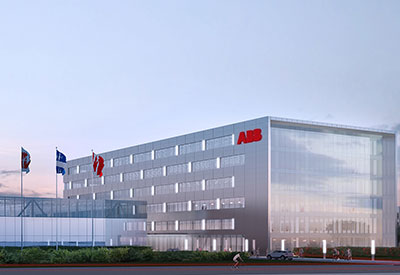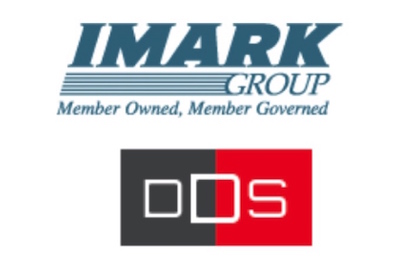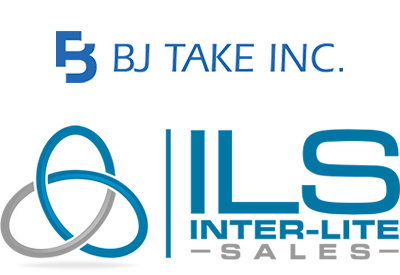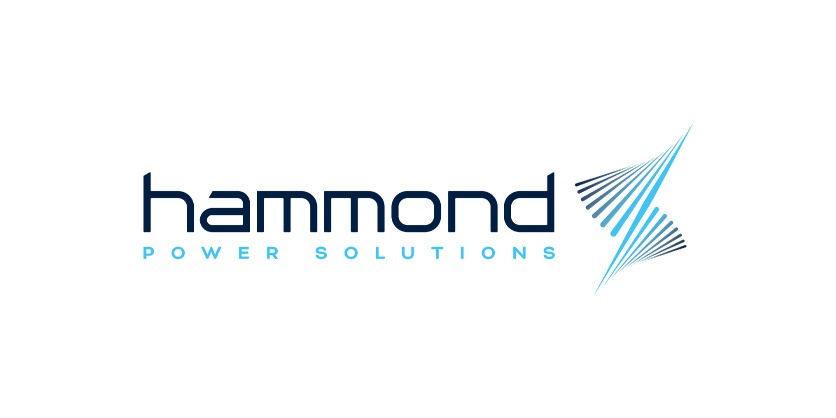ABB Q3 2020 Results

Oct 29, 2020
“Third quarter revenues in all business areas were still dampened due to the impact of COVID-19, although a strong recovery in China and ongoing cost mitigation efforts supported a strong underlying performance. On the upside, the integration of GEIS and turnaround of Installation Products in Electrification is starting to bear fruit and Motion is performing robustly. Robotics and Industrial Automation, on the other hand, are taking more time to recover,” said Björn Rosengren, CEO of ABB.
“We are pushing ahead with the decentralization of the group and the ongoing review of our portfolio, while carrying out our share buyback program as planned. We look forward to presenting further details on our strategic progress at our Capital Markets Day on November 19.”
- Orders $6.1 billion, -9%; comparable -8%1
- Revenues $6.6 billion, -4%; comparable -4%
- Income from operations $71 million; margin 1.1%
- Power Grids gain of $5.3 billion, pre-tax, recorded in discontinued operations
- Operational EBITA1 $787 million; margin1 12.0%
- Net income $4.5 billion, +780%, including Power Grids gain
- Basic EPS $2.14, +785%2; operational EPS1 $0.21, -36%
- Cash flow from operating activities $408 million, after $273 million negative impact from pensions; resilient cash delivery expected for the full year
Q3 2020 Group results
Summary
Trading conditions during the third quarter remained challenging, influenced by the ongoing COVID-19 pandemic. Demand decreased year-on-year in all regions despite a strong rebound in China, which drove improved order development, particularly in Robotics. Short-cycle product businesses developed positively, but this was outweighed by lower large orders and the ongoing pull-back of service activities. Operating margins for the group were weighed by non-core charges and a loss in Industrial Automation in relation to the Kusile project in South Africa. Excluding these effects, margins showed good underlying resilience, reflecting sustained cost mitigation in all business areas, and strong progress in Electrification with the integration of GEIS and turnaround of Installation Products. Motion maintained its track record of solid performance.
Orders
Orders were 9 percent lower (8 percent comparable) in the quarter compared to the prior year period. Foreign exchange translation effects had a neutral impact and portfolio changes a net negative impact of 1 percent. The order backlog was $13,878 million at the end of the quarter.
Regional overview
- Orders from Europe were 9 percent lower (10 percent comparable) with mixed results at the country level. Sweden, Norway and the Netherlands showed solid growth, while orders declined in most other countries including Switzerland, the UK, Italy and Spain, when compared to the prior year period. In Germany, orders were 11 percent lower (14 percent comparable).
- Orders from the Americas were 14 percent lower (11 percent comparable), with most countries reporting lower order levels. In the US, orders declined by 13 percent (12 percent comparable).
- In Asia, Middle East and Africa (AMEA), orders were 1 percent lower (2 percent comparable). Orders were materially lower in India, Japan and Singapore, while order developments in South Korea were robust. China’s growth was strong, with orders up 7 percent (8 percent comparable).
End-market overview
- In discrete industries, orders were mixed. While the group benefited particularly from select order wins in the automotive and 3C sectors, demand from machine builders was weak. Some end-markets, such as food & beverage and logistics, grew strongly.
- Process and energy industry activities were materially lower in the quarter. Service activities were still constrained by travel restrictions, as well as customers delaying service spend. Capital expenditure projects continue to be deferred as most customers adjust to the weaker demand outlook.
- In transport & infrastructure, investments in rail, e-mobility, wind and data centers were healthy. Furthermore, orders were resilient in electrical distribution utilities. Marine activities declined steeply.
- Buildings were mixed, depending on geography.
Revenues
Revenues were 4 percent lower (4 percent comparable) year-on-year reflecting weakness across all four business areas. Foreign exchange translation effects had a net positive impact of 1 percent and portfolio changes a net negative impact of 1 percent. The book-to-bill ratio for the quarter was 0.93x1, compared to 0.97x in the prior year period.
Income from operations and operational EBITA
Income from operations was $71 million. The result for the quarter includes approximately $311 million goodwill impairment and $203 million of charges due to changes in obligations related to divested businesses.
In addition, the result reflects regular non-operational items including amounts related to timing differences on commodities and foreign exchange and expenses related to restructuring and integration efforts.
Operational EBITA1 was 2 percent lower (5 percent in local currencies), at $787 million. The operational EBITA1 margin of 12.0 percent expanded 30 basis points year-on-year. Margins were higher in Electrification, while all other businesses reported lower margins on a year-on-year basis, mainly reflecting lower volumes. Corporate and Other improved by $24 million compared to a year ago, due to the removal of stranded costs and lower ongoing corporate costs, partially offset by higher charges for non-core business activities.
The 12.0 percent operational EBITA margin includes a negative 80 basis points impact from the proposed settlement in South Africa with Eskom in relation to the Kusile project which resulted in a further project revaluation and, in addition, a negative 130 basis points impact from the aforementioned charges for non-core business activities.
Net income and basic earnings per share
Group net income attributable to ABB was $4,530 million. Net income benefited from the net income from discontinued operations of $5.0 billion, which included a $5.3 billion pre-tax book gain on the sale of Power Grids and income tax expenses related to the divestment. ABB also recorded non-operational pension costs of $343 million. Further details on this item follow below. Income tax expense was $164 million in continuing operations.
Basic EPS of $2.14 was up 785 percent on a year-on-year basis. Operational EPS of $0.211, down 36 percent2 compared to the prior year period.
Cash flow from operating activities
Cash flow from operating activities was $408 million including a $273 million negative impact from a cash outflow to facilitate the transfer of certain pension schemes, compared to $670 million in the third quarter of 2019. Cash flow benefited from favorable timing of tax payments and net working capital movements, which offset the effects of a reduction in business activities. As a percent of revenues, net working capital was 12.5 percent at quarter end.
Go HERE for more information











